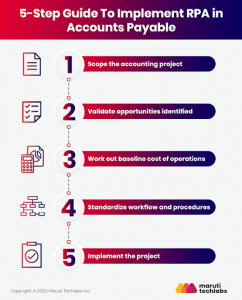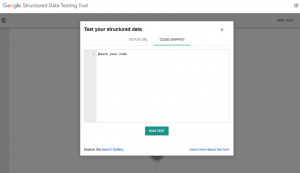— January 8, 2019

If you’re involved in complex B2B sales, and if what you are selling is anything other than an absolute “must buy” necessity, then you all face the same top competitor, whatever you’re trying to sell, and whoever you’re trying to sell to.
It’s the status quo.
Until and unless your customer believes that their current situation puts their future business prospects at risk, they are most likely to conclude that staying with what they know – the lure of the familiar – represents their safest option.
After all, any course of action that involves change also involves risk. And until and unless the risk of sticking with the status quo significantly outweighs the perceived risk of implementing a new and unfamiliar solution, they are likely to “do nothing”.
There is psychology as well as statistics behind this. Daniel Kahneman, the Nobel Prize-winning behavioural economist proved through his research that those in a position to make a decision are two-to-three times more motivated to change to avoid a current risk than they are to change in the hope of a future gain.
Breakthroughs, not increments…
So, offering an incremental improvement isn’t enough – you have to be offering a solution that has the potential to deliver a step-change, breakthrough outcome. Simply being slightly better than your conventional competition isn’t going to be enough, either.
If your customer concludes that they have to do something, and in the absence of any meaningful differentiation, they are likely to choose the cheapest, safest or most familiar option.
That’s fine if you are happy to compete on price. But not very helpful if you intend to compete on “value”. And please don’t for a moment think that adopting a “value added” strategy is going to help you.
Don’t “add value” – create it!
In my experience, most so-called “value-added” strategies turn out to be poorly disguised and often ham-fisted attempts to persuade prospects to pay a premium for additional functionality they are never actually likely to want, need or use.
Your smarter customers will see right through this sort of strategy and demand a discount to take account of the useless functionality you are misguidedly trying to load them up with. Not so much taking you back to square one as leaving you behind it.
The only way out of this dilemma is to return to the problem that your customer is trying to solve. And if they don’t have an acknowledged problem, then they surely have no need for your (or anyone else’s) “solution”.
Frustrating, important or critical?
You have to establish whether their problem is currently perceived to be frustrating, important or critical. If it is merely frustrating, while it might generate some customer engagement, they will probably conclude that they can afford to live with it. You need to recognise these situations and qualify them out early UNLESS you can transform their perception of the seriousness of the problem.
If they perceive the problem to be important, it will probably spark a serious evaluation of potential solutions. But even there is a real risk that even if they decide that they do need to take action, perhaps they can nevertheless afford to wait.
It’s only if and when a problem is perceived by the customer to be both critical and urgent that action is inevitable. Relatively few problems start out that way. Your role must be to convince the customer that this particular issue demands immediate action.
Aside from inherently critical problems, if you can associate what might otherwise be seen by your customer as an important problem with one of their strategic corporate initiatives, then that can also drive urgent action.
Start with your customer’s changing world
So where can you start? The best place to start looking is often outside your customer – in the environment that they operate within. What are the key, inevitable, unarguable changes that are happening to their world?
What are the implications? And what are the costs, risks and consequences of inaction? What is likely to be the fate of organisations and executives that choose to ignore these tides? Andy Raskin does a great job of helping organisations articulate this.
You need to highlight the inevitable need for change, to show why and how your approach is different, to prove how you can help your customer achieve breakthrough outcomes, and – even better – position the old-fashioned attitudes of your competitors as being part of the problem, not part of the solution!
Look inside their organisation
Of course, you also need to look inside the customer. What are your customer’s critical strategic initiatives, and how can you make a credible connection between your unique approach and capabilities and their chances of making those initiatives successful?
How can you help them to recognise and acknowledge needs, implications and consequences they may have missed or undervalued? How can you position your solution as being uniquely capable of enabling them to achieve their goals?
Change is challenging. It carries risks. So, if as sales people we believe that our focus is must be to enable our customers to recognise the need and value of change, it should be obvious that simply offering something that is marginally or incrementally better isn’t likely to cause them to change their behaviour.
In a nutshell:
- What are the critical changes that are happening in your customer’s external environment, and within their organisation?
- What bad things could happen if your customer were to fail to acknowledge and deal with those issues?
- Why and how is your approach to solving those problems different from their other options?
- How does your solution uniquely ensure that they successfully achieve those goals?
And if you are unable to articulate those things, how does that affect the chances that your customer will do anything and – if they do decide to change – the chances they will do business with you?
Business & Finance Articles on Business 2 Community
(64)
Report Post






